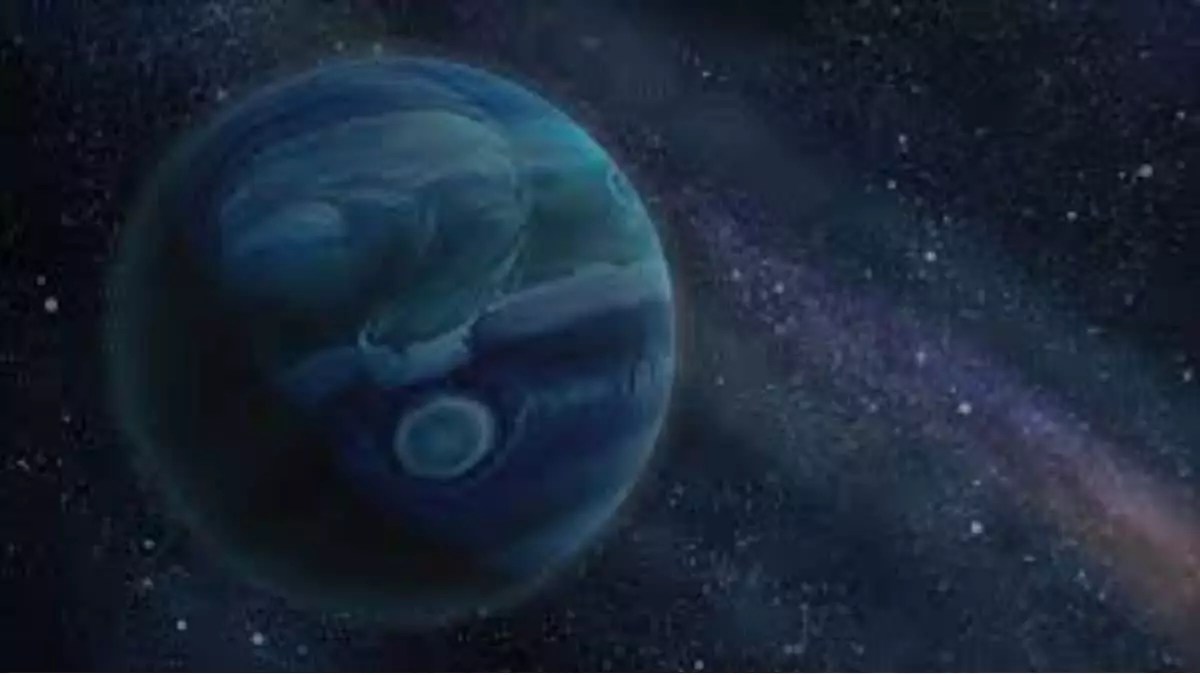For decades, the idea of an unseen giant lurking in the icy outskirts of our solar system has captivated both scientists and the public. The hypothesis of “Planet X” initially emerged to explain anomalies in Uranus’s orbit, but the mystery was eventually laid to rest with adjustments in Neptune’s calculated mass. Yet, the allure of an undiscovered world persisted, fueled by nothing less than curiosity, imagination, and a desire to complete the cosmic puzzle. The recent resurrection of this hypothesis under the name “Planet Nine” exemplifies how human fascination with the unknown can sometimes overshadow scientific rigor.
Questioning the Evidence
While the proponents of Planet Nine point to peculiar orbital patterns among distant Kuiper Belt objects, this connection remains circumstantial. The gravitational signatures and elliptical orbits could very well be explained by other phenomena, such as the collective gravitational influence of a multitude of smaller objects, or even observational biases that skew data. The tendency to latch onto the idea of a massive planet is driven more by narrative appeal than by conclusive evidence. The recent discoveries—like the elongated Sednoid 2023 KQ14—do not necessarily serve as proof but rather as tantalizing anomalies, which could be explained through other mechanisms or simply statistical noise.
The Flaws in the Narrative
It’s tempting to imagine a colossal, hidden planet shaping our solar system from afar. However, the narrative often glosses over the significant observational limitations. Detecting a planet hundreds of astronomical units away with current telescopes remains exceedingly challenging—if not outright implausible within our current technological constraints. Touted explanations that rely on unseen gravitational tugging often ignore the likelihood that our models for the distant Kuiper Belt are incomplete or imperfect. Moreover, alternative theories—such as the existence of rogue debris rings or other as-yet-undiscovered small bodies—present more plausible, less speculative explanations for the observed anomalies.
The Risk of Astronomical Hype
The emotional appeal surrounding the search for Planet Nine can dangerously border on sensationalism. Promoting the existence of a mysterious, colossal planet as a fact before irrefutable evidence is a pattern that has historically hindered pragmatic scientific progress. As scientists continue to hunt for the so-called Planet Nine, it’s crucial to balance optimism with skepticism, recognizing that the universe’s complexity often defies our desire for neat, grand explanations. Rather than fixating on an elusive celestial behemoth, the focus should be on improving our observational techniques and refining our understanding of the small-scale mechanics that govern the outer solar system.
The myth of Planet Nine embodies both humanity’s relentless curiosity and its susceptibility to overreach. While the quest to uncover the hidden secrets of our solar system is vital, it must not lead us astray into speculation that outpaces evidence. True scientific progress hinges on patience, critical thinking, and acknowledgment of our current limitations. Until the universe willingly reveals its secrets with verifiable certainty, the notion of a “missing planet” remains an intriguing hypothesis—one that prompts us to question, reevaluate, and deepen our exploration rather than become captivated by speculation and hype.

